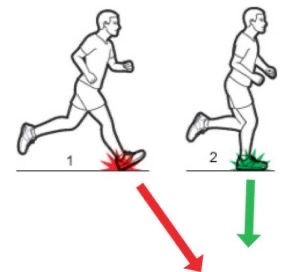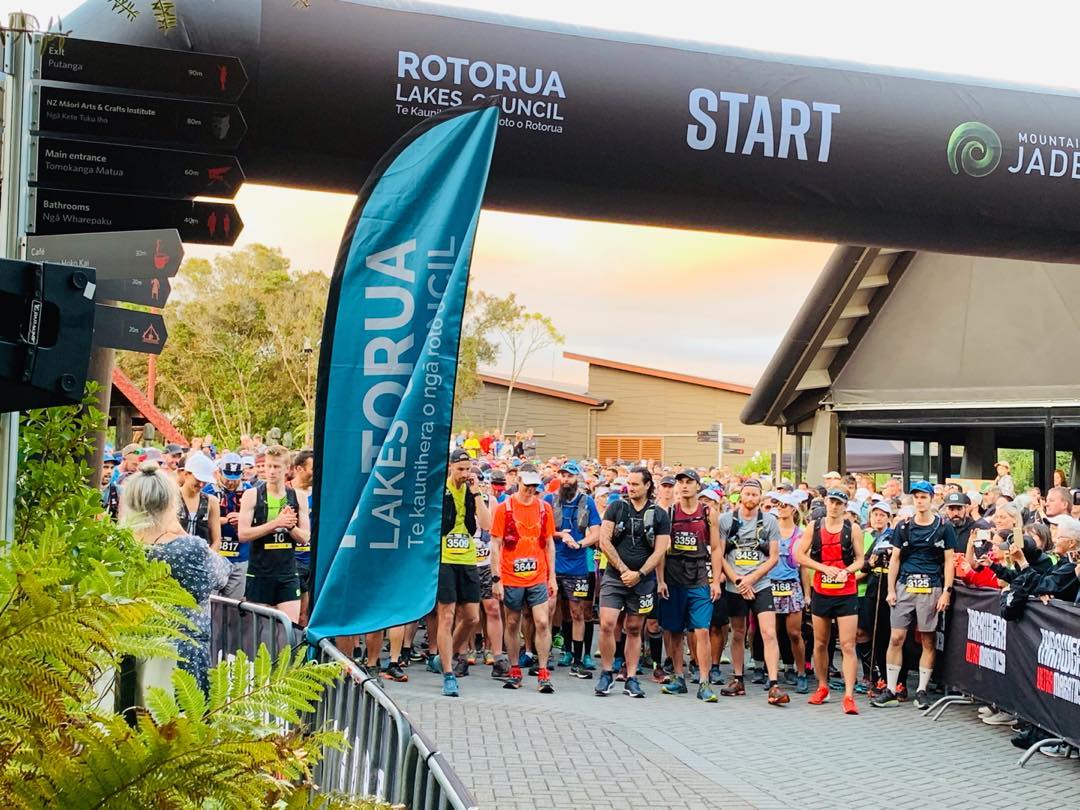Running Cadence: What It Is and Why It Matters
Running cadence is a key metric that can significantly improve your running economy and overall performance – yet it’s often misunderstood, even by experienced runners. While modern watches and running apps measure cadence, knowing what it actually means and how it affects your biomechanics is essential for making meaningful improvements.
This article will break down the concept of cadence, explain why it matters, and show you how to start improving it.
What Is Running Cadence?
Cadence refers to the number of times both your feet (right and left) collectively touch the ground per minute. For example, if you take 90 steps with your right foot in one minute, your cadence is 180 steps per minute (SPM).
A higher cadence is generally associated with better running efficiency. Elite marathoners often run at 190+ SPM, while research and coaching literature typically recommend a target of 175–185 SPM for optimal running economy.
However, cadence can vary depending on terrain:
- Road runners generally have higher cadences.
- Trail runners may have lower cadences due to steep or uneven terrain.
Regardless of where you run, cadence is a metric worth tracking and improving.
Why Is Cadence So Important?
Increasing your cadence shortens the amount of time you’re in the air between strides. This change impacts both performance and injury risk in several key ways:
1. Reduces Ground Contact Force
With a higher cadence, your foot lands more directly beneath your body rather than out in front. This reduces braking forces and promotes better alignment on landing.
2. Shifts Load to the Muscular System
A proper foot strike under the body allows the muscles – not the bones and joints – to absorb impact. Muscles act like springs, storing and releasing energy to help propel you forward.
3. Minimises Overstriding and Joint Stress
Lower cadence often leads to overstriding, where the leg is extended too far forward and the foot strikes the ground ahead of the body, often on the heel. This:
- Creates a braking effect that slows you down
- Transfers impact force into the heel, knee, and hip joints
- Increases the risk of overuse injuries
A Visual Example
- Runner 1:
- Overstriding
- Heel striking
- Straighter leg at contact
- Force absorbed mostly by joints and bones
→ Less efficient, higher injury risk
- Runner 2:
- Foot lands beneath the centre of mass
- More flexion in the knee and hip
- Force absorbed by muscles
→ More efficient, lower injury risk

Even without the image, this concept is critical: Where your foot lands matters. And cadence plays a central role in ensuring it’s landing in the right spot.
How to Improve Your Cadence (Safely)
While increasing cadence can deliver big benefits, sudden changes can lead to soreness or injury. The key is gradual progression.
Here’s how to approach it:
- If your cadence is 150–160 SPM, aim to increase it by 5–10 steps per minute every 2–3 weeks.
- If you’re already at 170 SPM, try adding short intervals (e.g., 2–4 minutes) at 180+ SPM within your runs.
- Use a metronome app, music with a target BPM, or watch cadence alerts to stay on track.
Make cadence a skill you practice regularly, not just a number on your watch.
Final Thought
Improving your running cadence is one of the most effective ways to enhance performance, efficiency, and injury resilience. But like any change in training, it must be introduced thoughtfully.
Start small, be consistent, and give your body time to adapt. I emphasise cadence work with all the runners I coach – and the gains are often substantial.
Next session, make cadence part of your focus – and see where it can take your running.

